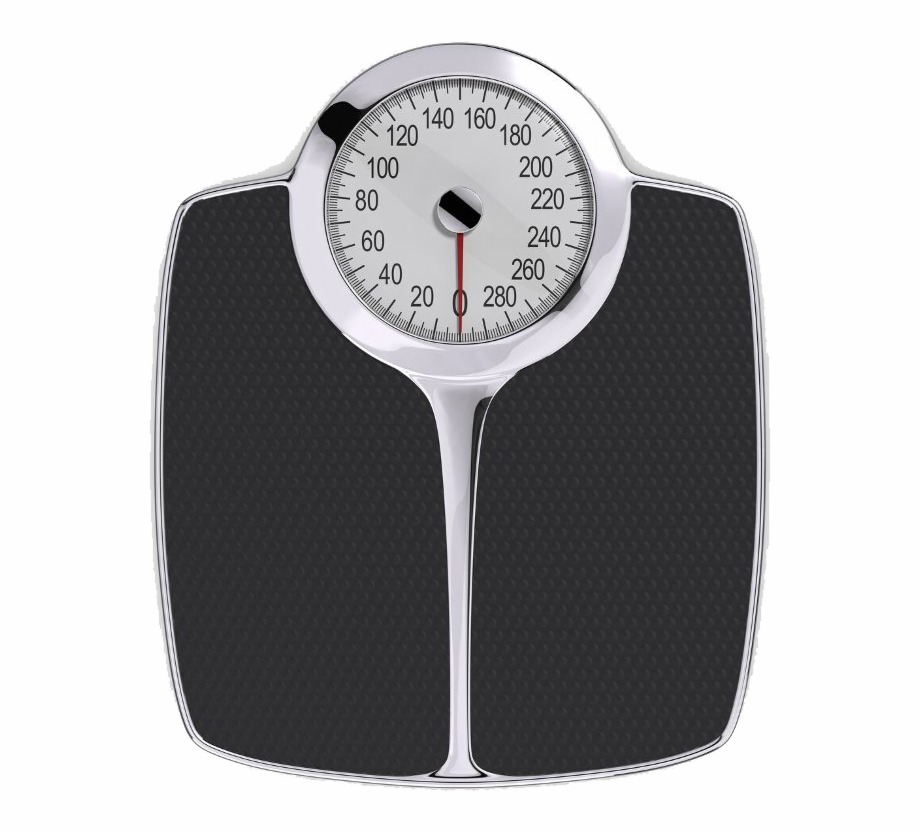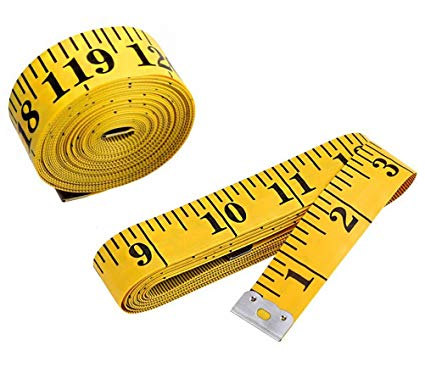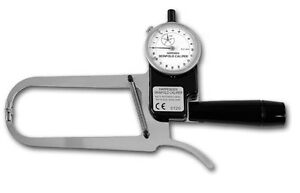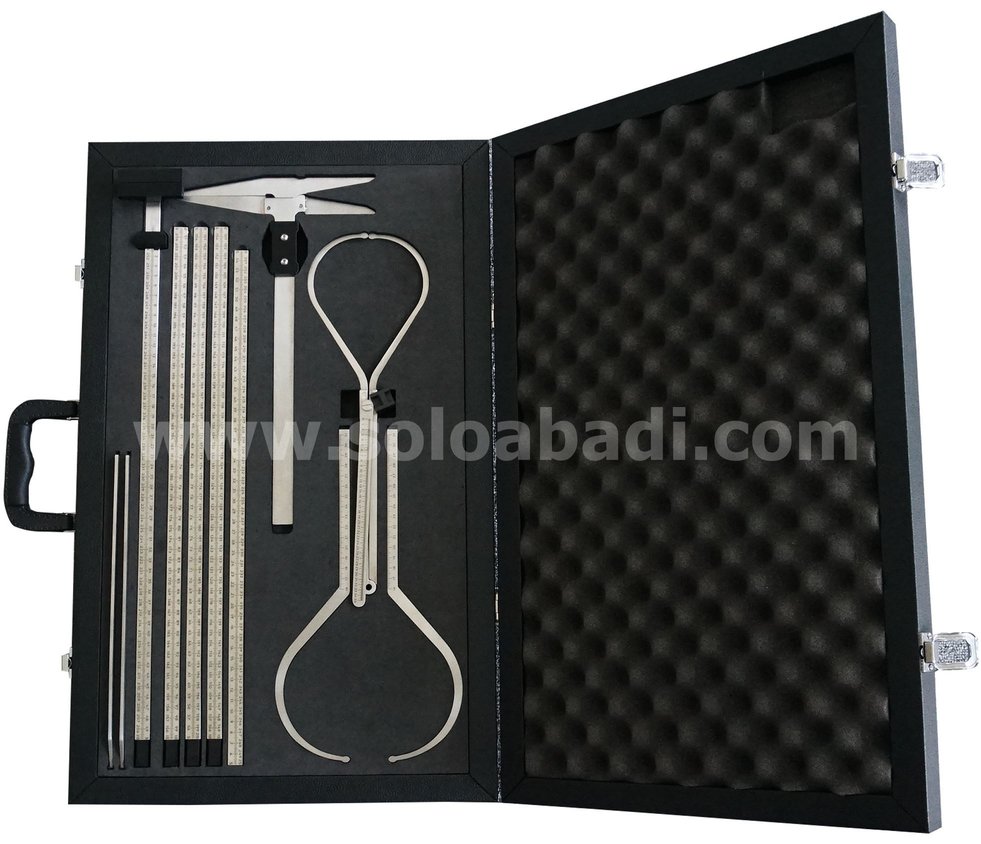In the previous article, it was explained about the influence of anthropometry in the field of health. However, do you know how the reality of the relationship between anthropometric measurements and human health? Basically, anthropometry affects health conditions, especially in the field of child nutritional status. The purpose of the anthropometric measurement is to find out about the growth of the child’s body through body measurements.
Why are anthropometric measurements used?
The importance of taking anthropometric measurements in assessing nutritional status is partly because anthropometric measurements are a good indicator. An anthropometric size indicator is used as a key criterion or requirement to assess the suitability of nutritional intake and growth of a baby or child.
Assessment of nutritional status is best done regularly. This is because children’s growth is relatively faster. And for that, it is necessary to do routine measurements. In addition to this, there are several indicators needed to measure the nutritional status of children, as follows:
1. Age
2. Height
3. Weight
4. Head circumference
5. Upper arm circumference
6. Thick Skin
Some of these indicators can be adjusted according to the data requirements needed. However, these measurements must consider considerations, one of which is the consideration of the use of the right tools that can be used as a means of measurement. This is important because without the right measuring instruments, the numerical data obtained is feared to be incompatible with the original data obtained. Therefore, it is important to choose the appropriate measuring instrument.
Measuring Instrument Used To Help Measure Nutritional Status
1. Weight Scales
One of the basic things to do weight calculation is by using a scale. Make sure that the scale is capable of higher accuracy. There are two types of scales that exist today for children, namely salter spring balance or hanging scales. And one more bathroom scale or standing scale. Besides, there are types of digital scales that can be another alternative because the data accuracy is higher.

2. Roll
Besides, weight scales, another important thing to use is the roll meter. The meter can be used to measure head circumference, arm circumference and abdominal circumference. However, because the roll meter is a conventional tool, measurement often uses a roll meter that tends to be less accurate than measurements using other anthropometric devices.

3. Skinfold Calliper
Skinfold Calliper can be interpreted as a tool that can measure the level of skin thickness. Although this tool can not be used to measure the skin thickness of a toddler’s body or child, but this tool can be used to measure the body skin of adults or at least adolescents. The function of skinfold calliper is to measure the thickness of the skin which will be directly related to the measurement of the thickness of fat in the body.

4. Portable Antropometri or Anthropometry Measurement Set
Portable Anthropometry, also known as the Anthropometry Kit, can be a modern tool that can be used to measure body anthropometry more fully. Usually Portable Anthropometry contains several items, namely anthropometer, sliding calliper, spreading calliper and roll. An anthropometer can be used to measure height, a sliding calliper can be used to measure the area of the head and palms and spreading callipers are usually used to measure the width of the head, arms and abdomen. At present, Indonesia still rarely uses portable anthropometry, because portable anthropometry is still difficult to find in Indonesia. But measurements using portable anthropometry tend to be more accurate, easier to carry because of the tools that can be used for mobile.

Use of Anthropometric Calculations in Child Nutritional Status
According to Saptawati Bandarsono, the calculation of anthropometry in the nutritional status of children is used as the main criterion to assess the nutritional coverage that has been received by toddlers and children. In addition, the data used will be used in several ways, namely:
1. Distribution of nutritional status (prevalence based on age, gender, social status etc.)
2. Determine the priority of nutrition interventions
3. Evaluate the results of the intervention
If you don’t know about the meaning of anthropometry, you can visit our article before. To add knowledge about the application of anthropometry in health sciences, you can also visit our previous article.


